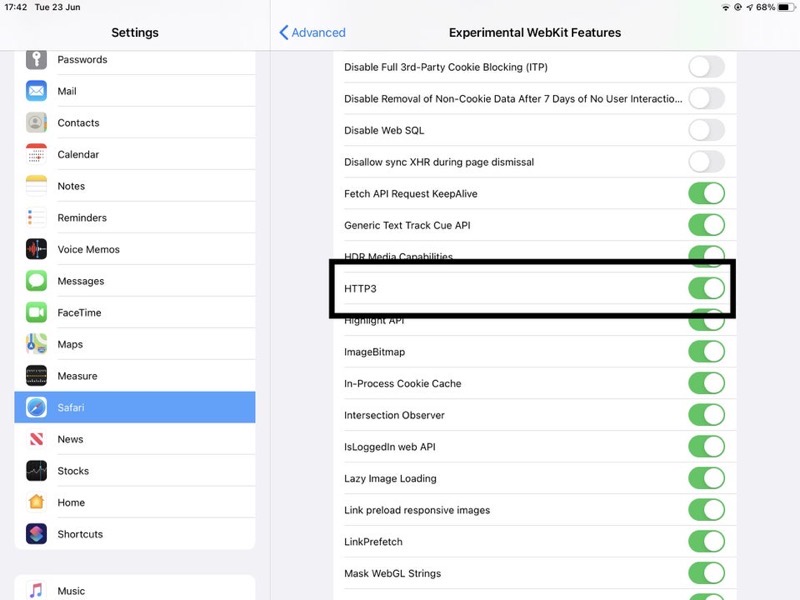

Your webpages are more maintainable if you separate page content into distinct files for mark-up, presentation, and interaction. Separate your HTML, CSS, and JavaScript into different files. Preface your HTML files with a DOCTYPE declaration, which tells browsers which specification to parse your webpage against. Web Page Development: Best Practices for more general advice on designing webpages.Īdd a DOCTYPE declaration to your HTML files. This section covers a few basic rules that are critical for Safari. You should follow well-established rules of good web design. Refer to Safari reference documents, such as Safari HTML Reference and Safari CSS Reference, for availability of features on specific platforms. The WHATWG and W3C websites are a good place to start learning more about these standards and the upcoming HTML5: You’ll want to keep informed of the evolving standards emanating from the Web Hypertext Application Technology Working Group (WHATWG) and World Wide Web Consortium (W3C) standards bodies. The web is always evolving, and as it does, so does WebKit and Safari.

The WebKit engine, shared by Safari on the desktop and Safari on iOS, supports all the latest modern web standards, including: A well-designed website probably requires just a few refinements to look good and work well on Safari. Standards-based web development techniques ensure the most consistent presentation and functionality across all modern browsers, including Safari. The first design rule is to use web standards. Read iOS Human Interface Guidelines for metrics and tips on designing user interfaces for iOS. IOS Note: When designing your webpages, be aware of how Safari on iOS presents webpages to the user and how the user interacts with your webpages using gestures to zoom, pan, and double-tap.


 0 kommentar(er)
0 kommentar(er)
